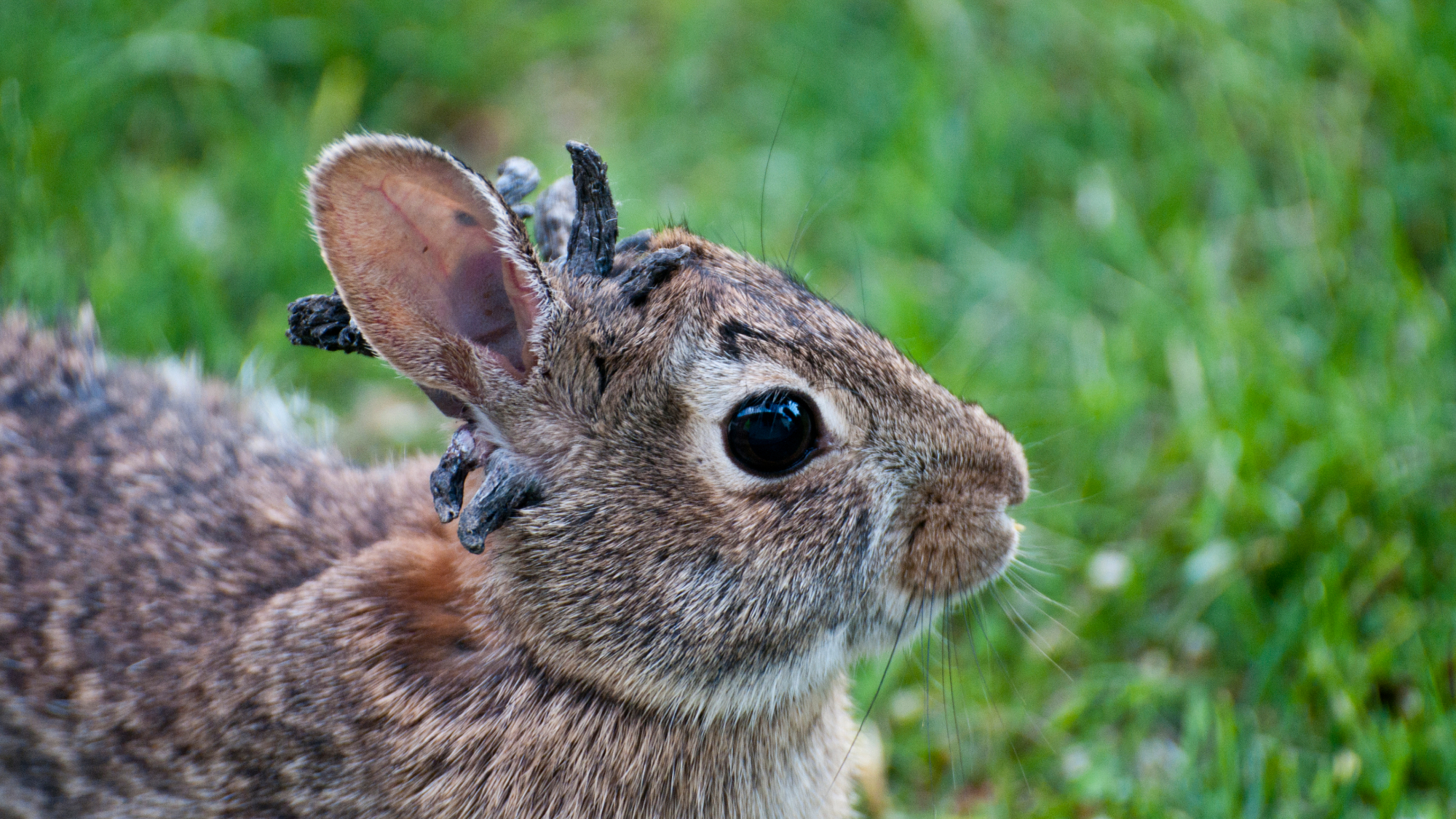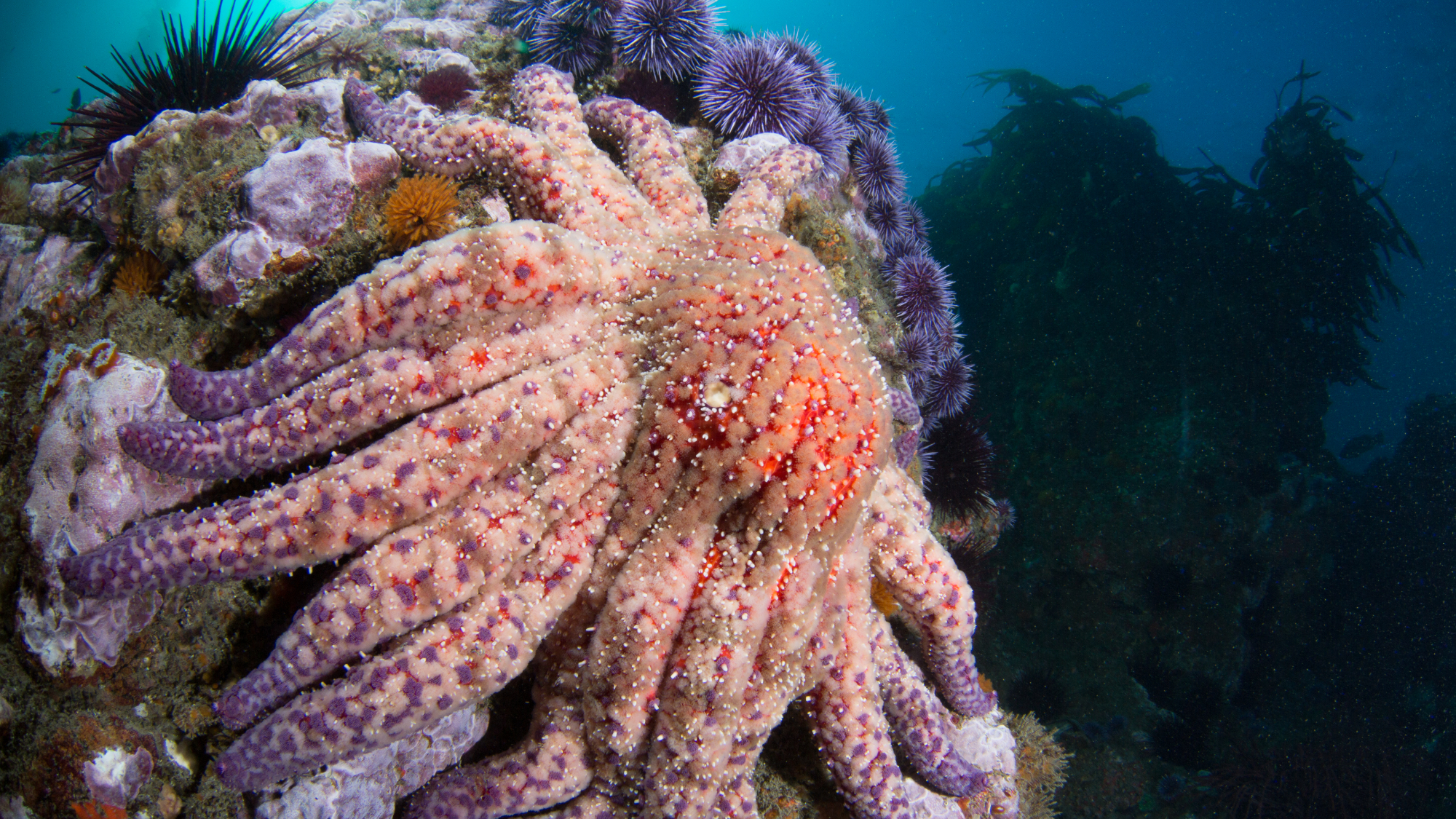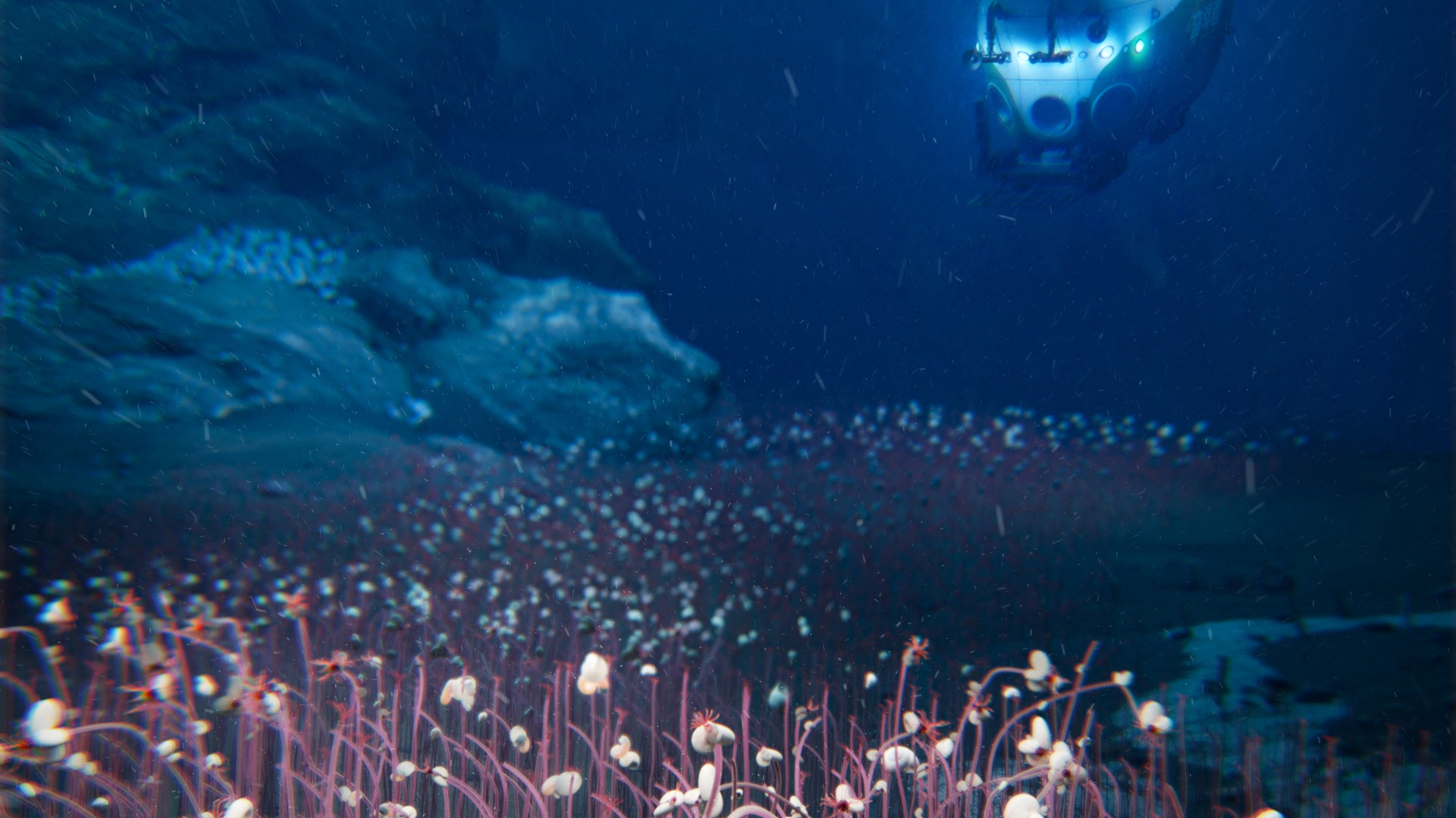Giant, deadly jellyfish baffles scientists
Giant, deadly jellyfish baffles scientists


Researchers caught a new species of jellyfish off Australia's northwest coast in 2013 — and they still can't explain it.
The Keesingia gigas is a recently discovered type of Irukandji jellyfish — but unlike its fingernail-sized cousins, Keesingia gigas is about the length of a human arm. Like all Irukandji jellyfish, it carries a potentially fatal venom that can cause pain, nausea, even stroke or heart failure. That's scary, but explainable. What's head scratching is that no specimen of Keesingia gigas has ever been photographed or collected with tentacles.
The discoverer of the species and director of Australia's Marine Stinger Advisory Services Lisa-ann Gershwin spoke to The Guardian about why this is so baffling:
The Week
Escape your echo chamber. Get the facts behind the news, plus analysis from multiple perspectives.

Sign up for The Week's Free Newsletters
From our morning news briefing to a weekly Good News Newsletter, get the best of The Week delivered directly to your inbox.
From our morning news briefing to a weekly Good News Newsletter, get the best of The Week delivered directly to your inbox.
"Jellyfish always have tentacles... that's how they catch their food," she said. "The tentacles are where they concentrate their stinging cells."
...Gershwin said the species could shed its tentacles as a means of defense, like some bioluminescent jellyfish that drop their glowing tentacles in order to distract predators, but there was no evidence that any Irukandji had that capability. [The Guardian]
Gershwin later hypothesized that perhaps just the specimens they've seen don't have tentacles, before adding "I just don't know what it is."
A free daily email with the biggest news stories of the day – and the best features from TheWeek.com
Nico Lauricella was editor-in-chief at TheWeek.com. He was formerly the site's deputy editor and an editor at The Huffington Post.
-
 Trump vows naval blockade of most Venezuelan oil
Trump vows naval blockade of most Venezuelan oilSpeed Read The announcement further escalates pressure on President Nicolás Maduro
-
 Political cartoons for December 17
Political cartoons for December 17Cartoons Wednesday's political cartoons include healthcare costs, the affordability hoax, giving up pencils, and more
-
 Trump vs. BBC: what’s at stake?
Trump vs. BBC: what’s at stake?The Explainer The US president has filed a $10 billion lawsuit over the editing of Panorama documentary, with the broadcaster vowing to defend itself
-
 Blue Origin launches Mars probes in NASA debut
Blue Origin launches Mars probes in NASA debutSpeed Read The New Glenn rocket is carrying small twin spacecraft toward Mars as part of NASA’s Escapade mission
-
 Dinosaurs were thriving before asteroid, study finds
Dinosaurs were thriving before asteroid, study findsSpeed Read The dinosaurs would not have gone extinct if not for the asteroid
-
 SpaceX breaks Starship losing streak in 10th test
SpaceX breaks Starship losing streak in 10th testspeed read The Starship rocket's test flight was largely successful, deploying eight dummy satellites during its hour in space
-
 Rabbits with 'horns' sighted across Colorado
Rabbits with 'horns' sighted across Coloradospeed read These creatures are infected with the 'mostly harmless' Shope papilloma virus
-
 Lithium shows promise in Alzheimer's study
Lithium shows promise in Alzheimer's studySpeed Read Potential new treatments could use small amounts of the common metal
-
 Scientists discover cause of massive sea star die-off
Scientists discover cause of massive sea star die-offSpeed Read A bacteria related to cholera has been found responsible for the deaths of more than 5 billion sea stars
-
 'Thriving' ecosystem found 30,000 feet undersea
'Thriving' ecosystem found 30,000 feet underseaSpeed Read Researchers discovered communities of creatures living in frigid, pitch-black waters under high pressure
-
 New York plans first nuclear plant in 36 years
New York plans first nuclear plant in 36 yearsSpeed Read The plant, to be constructed somewhere in upstate New York, will produce enough energy to power a million homes
